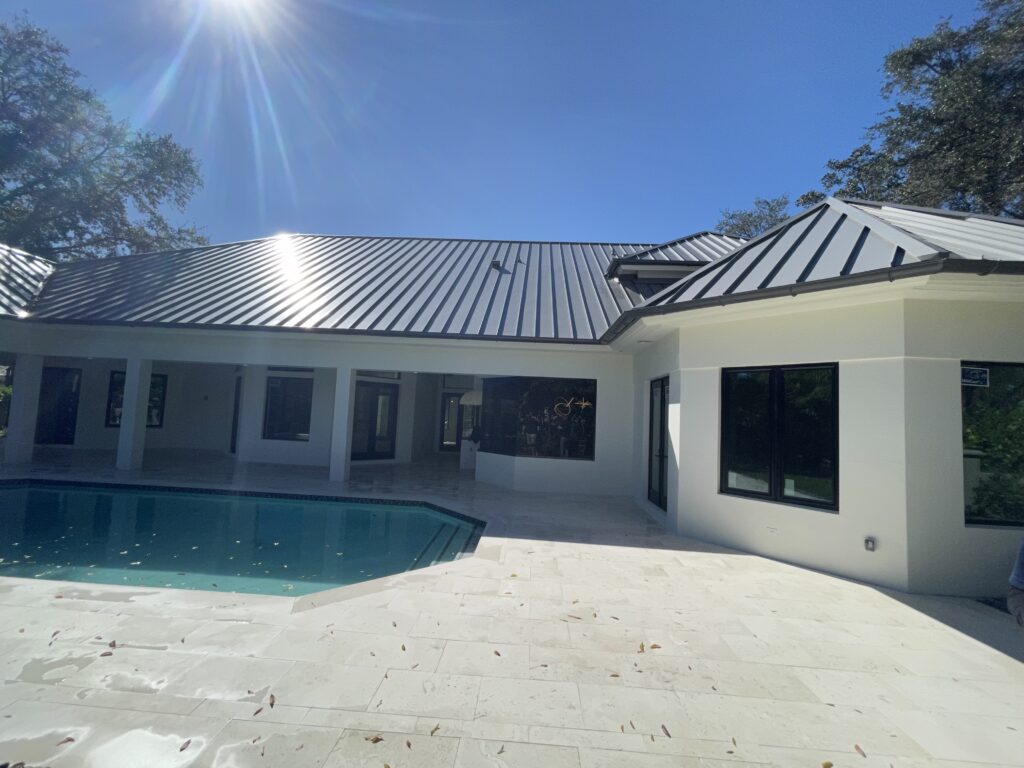You may have questions regarding whitewash versus limewash if you have opted to update your home’s exterior or fireplace brick, or if you are seeking for the appropriate paint tone for space. While the terms are frequently used interchangeably, they are not synonymous. What exactly is the distinction between whitewashing and limewashing? Which is better for your upcoming painting project?
Let’s begin with the distinction between the two, including the application techniques, differences in appearance, and details to help you identify the right one for your project.
What is whitewashing?
Whitewashing is the process of applying a very thin coat of thin plaster to a wall, which is made from water, lime, and other materials. The whitewash is applied directly to the masonry. It lightens the natural color of bricks, wood, and other surfaces creates a vintage or weathered appearance. The process of whitewashing is quite old. Whitewashing a wall is a simple task that takes less than a day to perform.

The characteristics of whitewash are as follows:
- It’s suitable for both indoor and outdoor use.
- By covering and smoothing over the rough surface, whitewash aids in sanitation.
- It is easily available.
- Dries quickly.
- Apply a water-based sealant or satin polyurethane to add the life of the whitewash.
What is Limewash?
Limewash is a lime putty prepared from crushed limestone that has been burnt and combined with water. After being aged, the putty is diluted with water and colored with natural pigments. Limewash produces uneven, matte surfaces with a chalky, suede-like texture. It gives flat walls depth and luminosity. Limewash can be used on both the inside and outside of the brick. It’s available in a range of white colors to suit your personal style.
Things to love about Limewash:-
- It has a lot of depth when used on brick.
- It’s suitable for both indoor and outdoor use.
- It is hypoallergenic due to its high pH.
- Adds a layer of protection against the elements.
- It’s easy to remove the paint up to five days after it’s been applied.
- Resistant to odor, humidity, fungi, and insects.
Limewash should be painted in thin layers with a long-haired or masonry paintbrush, using feathery strokes. Do not use any roller. Limewashing gets lighter when it dries so color testing is a good idea.
Are you contemplating all of your alternatives for achieving a weathered, vintage appearance?
Another technique that can help you achieve your painting project goals is German Smear, also known as a mortar wash. If you want to add extra texture and an old-world vibe to your brick, a mortar wash is a terrific alternative. It requires less maintenance and hold-up even with your home’s exposure to the elements.
All of these methods are excellent for transforming your brick house- It all depends on your level of devotion and the appearance you want to achieve! We recommend comparing each procedure to one to three photographs of the exact style you want- and then you must select which method is best for you.
Final Step
Whether you choose Limewash, Whitewash, or the German Smear, remember that you can always rely on Apex Painting’s local experts to make your project a success. We offer the skills, expertise, and high-quality paint materials to help you realize your vision.

